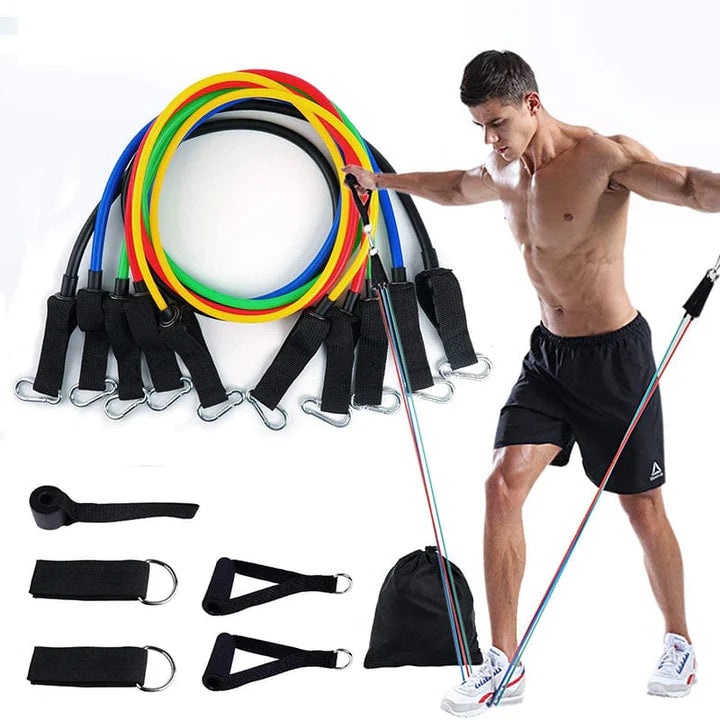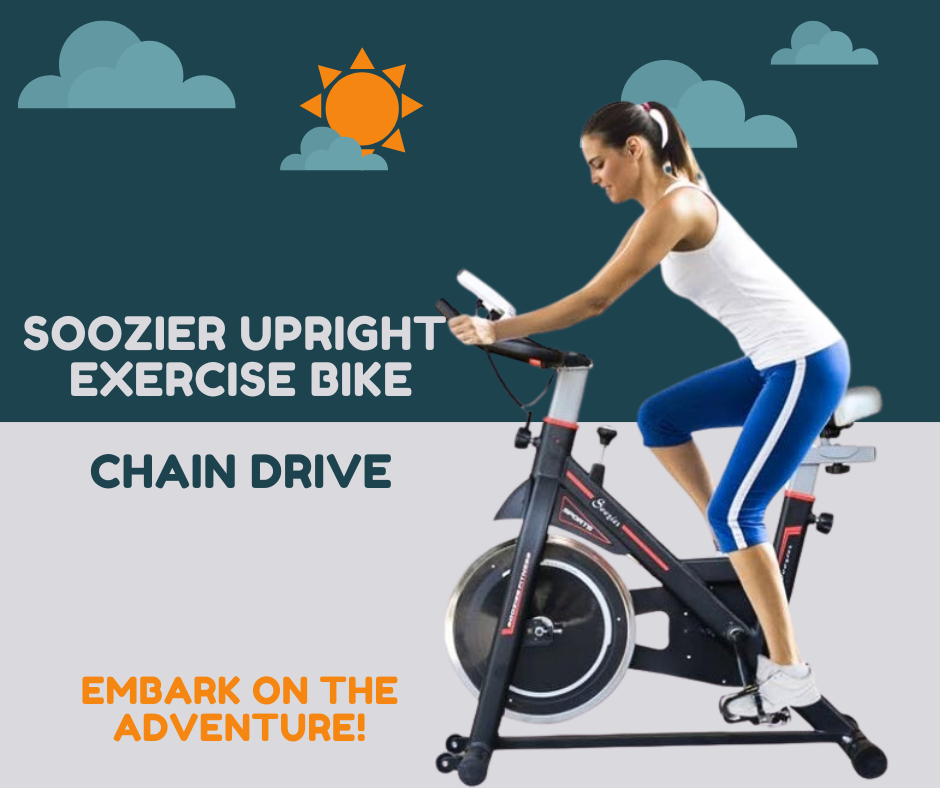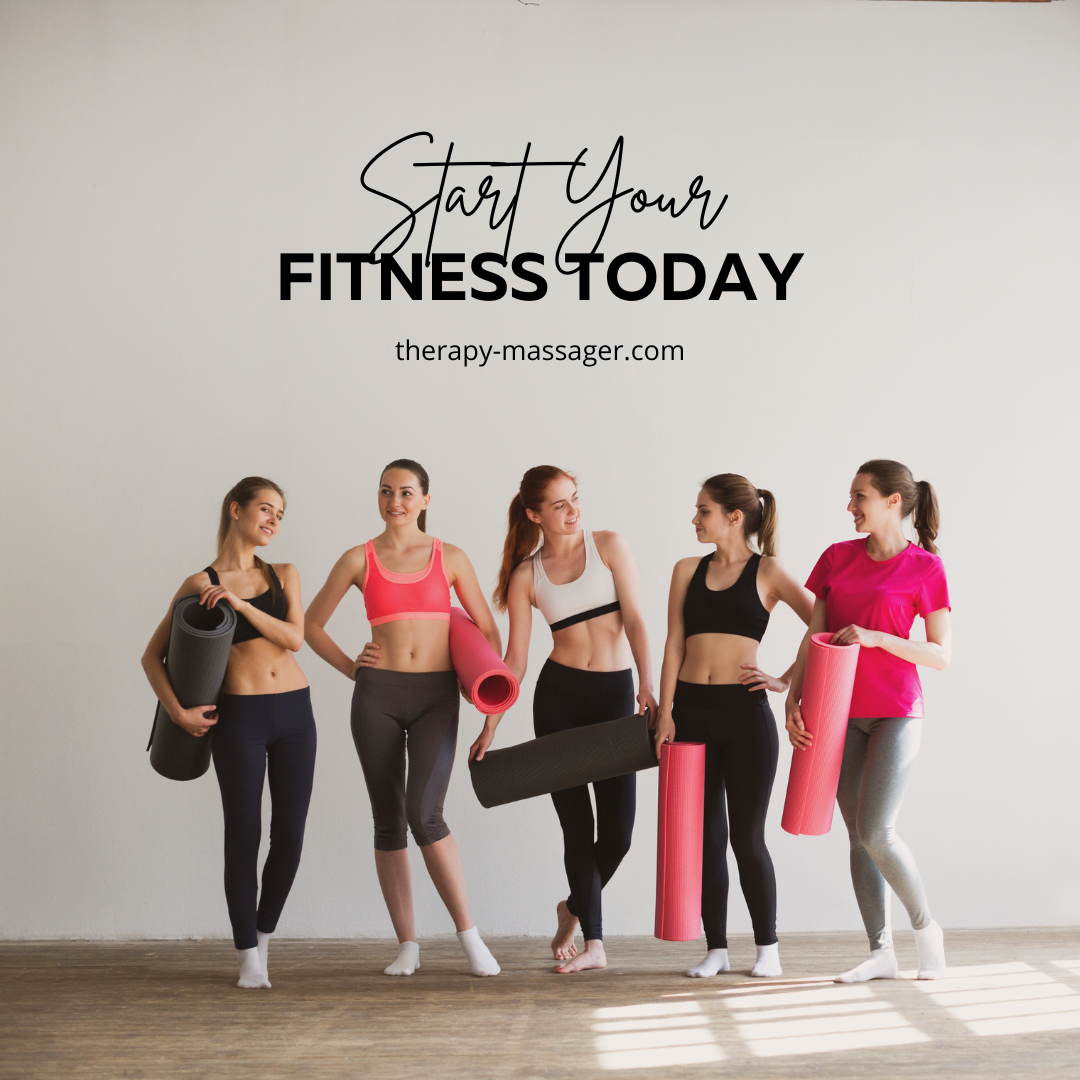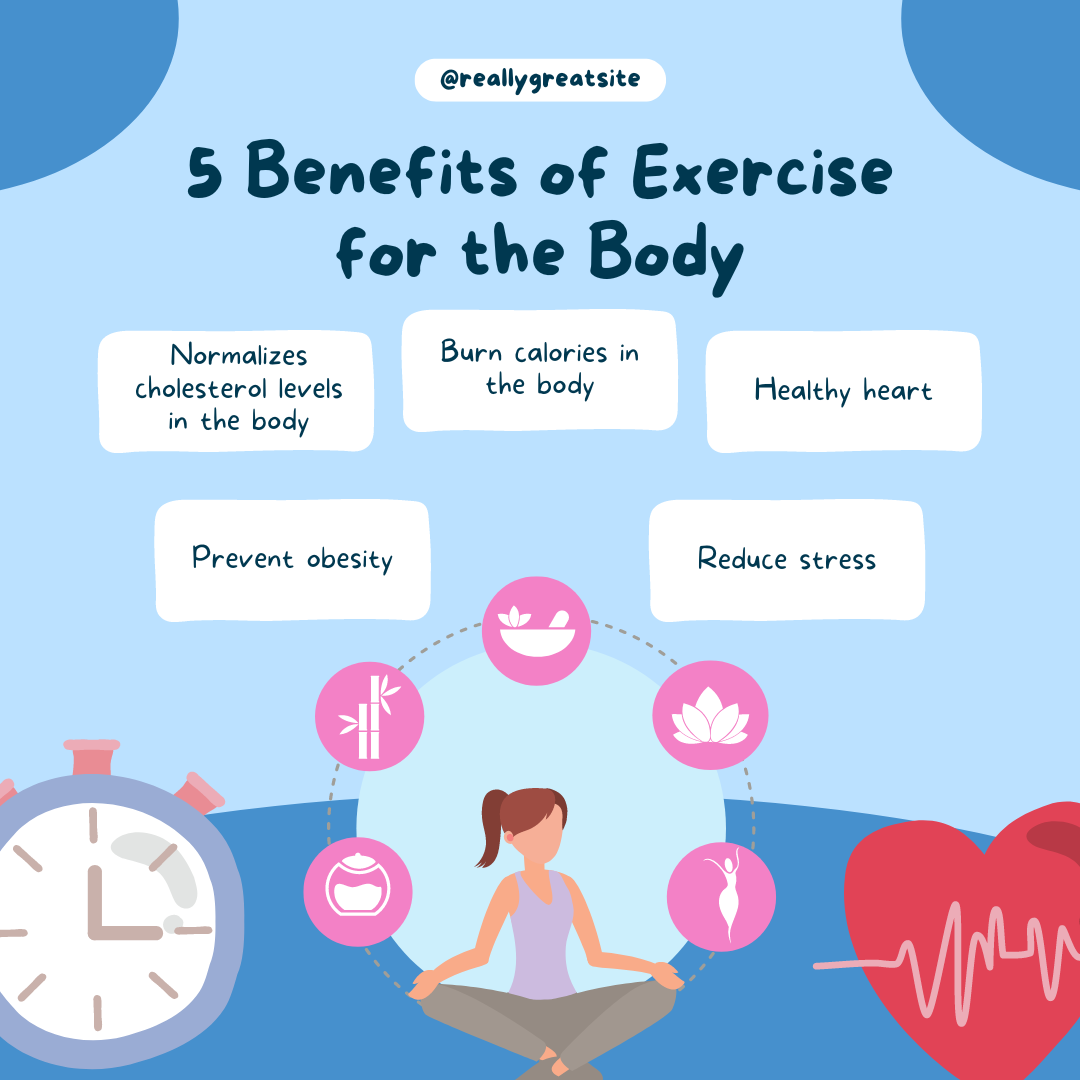Setting the Stage for Misconceptions about Sports Bras and Breast Pain
Breast pain is a common concern for many women, especially those who lead active lifestyles. It's often assumed that wearing sports bras can be the culprit behind discomfort, but this belief might need a serious reality check. The truth about breast pain and how it relates to sports bras is layered with misconceptions. Understanding what truly causes breast pain is crucial for anyone looking to stay comfortable while staying fit.
As we delve into the world of sports bras, we’ll uncover the importance of finding the right fit and debunk some myths that have long surrounded these essential pieces of athletic wear. Whether you’re running marathons or hitting the gym for a quick workout, knowing how to choose and wear your sports bra properly can make all the difference in your comfort level—and ultimately your performance. Let’s set the stage for clarity on this important topic!
What Causes Breast Pain?
Breast pain can stem from various factors, and it’s not always related to the type of bra you wear. Hormonal fluctuations, particularly during menstrual cycles or pregnancy, can lead to tenderness and discomfort.
In addition to hormonal changes, physical activity plays a significant role. Engaging in high-impact exercises without adequate support may cause strain on breast tissue.
Medical conditions like fibrocystic breasts or infections can also contribute to soreness. It's essential to recognize that pain is often multifactorial.
Poor posture while exercising might further exacerbate discomfort, as it places additional pressure on your chest area. Understanding these underlying causes helps demystify the relationship between sports bras and breast pain, paving the way for more informed choices when selecting supportive gear for your workouts.
- Dispelling the Myth of Sports Bras Causing Breast Pain
Many believe that wearing sports bras can lead to breast pain. This is a misconception that deserves attention.
Research shows that the discomfort often stems from inadequate support, not the bra itself. When exercising, breasts require proper support to minimize movement. If a sports bra does not fit well or lacks sufficient elasticity, it may result in strain rather than relief.
People sometimes associate tightness with support, but this isn’t always true. A poorly fitting bra can create pressure points and lead to soreness.
It's also essential to recognize individual differences. Each person's body reacts uniquely during physical activity. Factors like breast size and shape play crucial roles in determining comfort levels while exercising.
Understanding these nuances helps dispel the myth surrounding sports bras and their impact on breast pain. It highlights the importance of choosing wisely for optimal comfort during workouts.

The Importance of a Properly Fitting Sports Bra
A properly fitting sports bra is essential for comfort and support during any physical activity. When you wear the right size, it can significantly minimize breast movement, reducing discomfort.
An ill-fitting bra can lead to unnecessary pain and even long-term damage to breast tissue. Many women underestimate the importance of a snug fit around the band and straps. If your bra isn’t secure, it won’t provide adequate support.
Choosing a sports bra that fits well also enhances performance. You’ll feel more confident and focused when you're not distracted by discomfort or shifting fabric.
It’s crucial to remember that every woman’s body is unique; therefore, finding a personalized fit should be a priority in your athletic wardrobe choices. Consider factors like activity level and breast size when selecting your ideal sports bra for optimal results on the field or gym floor.
- Factors to Consider When Choosing a Sports Bra
Choosing the right sports bra involves more than just picking one off the rack. Your activity level plays a significant role in determining what type of support you need.
Consider your breast size and shape as well. Different styles cater to various body types, providing tailored support where it matters most.
The fabric is essential too. Look for moisture-wicking materials that keep you dry during workouts while offering breathability.
Don’t overlook the design features, like adjustable straps or back closures, which can enhance comfort and fit.
Lastly, think about how often you’ll wear it. Investing in quality over quantity will pay off in terms of durability and performance over time.
- Signs of an Ill-Fitting Sports Bra
An ill-fitting sports bra can ruin your workout and lead to unnecessary discomfort. One of the most obvious signs is chafing or irritation on your skin. If you notice red marks after exercising, it’s time to reassess your fit.
Another telltale sign is a lack of support. If your breasts bounce excessively during physical activity, your sports bra isn't doing its job. This can lead not only to pain but also long-term damage over time.
Look out for straps that dig into your shoulders or slide off frequently. Both are indicators that the bra isn’t properly sized for you.
Lastly, if the band rides up on your back rather than staying snugly in place, it’s likely too large. A well-fitted sports bra should feel secure without being restrictive; finding this balance is key for comfort and performance during any workout session.
Common Mistakes in Wearing Sports Bras that May Lead to Breast Pain
Many women unknowingly make mistakes when wearing sports bras that can contribute to breast pain. One common error is tightening the straps too much. While it may seem like a good way to achieve more support, overly tight straps can dig into your shoulders and cause discomfort.
Another frequent mistake involves choosing the wrong type of sports bra based on activity level. High-impact activities require different support than low-impact ones. Wearing an inadequate bra for intense workouts can lead to unnecessary movement and strain, resulting in pain.
It's also important not to overlook the material. A poorly designed fabric may irritate your skin during exercise or fail to provide adequate moisture-wicking properties, which could exacerbate discomfort.
Taking time to assess these factors can significantly impact comfort levels while being active. Making informed choices about how you wear your sports bra plays a crucial role in preventing breast pain.
- Tightening the Straps Too Much
Many women believe that tightening the straps of their sports bras will offer more support. However, this common practice can lead to discomfort and even pain.
When straps are too tight, they create pressure points on your shoulders. This not only causes immediate irritation but may also contribute to headaches or neck pain over time.
Additionally, overly tight straps can restrict movement during exercise. If you’re constantly adjusting or feeling restricted, it’s a sign that your bra isn’t the right fit for you.
A well-fitted sports bra should provide support without digging into your skin or causing discomfort. Finding the sweet spot in strap tension is crucial for comfort while still maintaining adequate breast support.
Don’t let misguided beliefs about strap tightness derail your workout experience; instead, focus on finding a balance that feels right for you.
- Choosing the Wrong Type of Sports Bra for Your Activity Level
Choosing the wrong type of sports bra can significantly impact your comfort and performance. Different activities require varying levels of support. For example, low-impact exercises like yoga call for a softer, more flexible design. On the other hand, high-impact workouts such as running or aerobics demand maximum support to keep breast movement at bay.
When you wear an inappropriate style for your activity level, it can lead to discomfort and even pain. A flimsy bra during a vigorous run may not offer enough hold, while a too-stiff bra in gentle yoga could restrict movement and breathability.
Always consider how intense your workout will be when selecting a sports bra. Your needs vary from one exercise to another, so invest in multiple styles tailored specifically for each activity for optimal comfort and protection against breast pain.

Tips for Finding a Supportive, Comfortable Sports Bra
Finding the right sports bra can transform your workout experience. Start by knowing your measurements. This is crucial for determining your correct size.
When shopping, prioritize high-quality materials. Look for fabrics that offer breathability and moisture-wicking capabilities to keep you comfortable during exercise.
Design features matter too. Adjustable straps can provide a customized fit, while wider bands often enhance support without digging into your skin.
Don't shy away from testing different styles. Each brand may have unique sizing and support levels that work better for you based on activity type.
Lastly, pay attention to reviews from other users. Their experiences can guide you toward options that truly deliver on comfort and performance when wearing a sports bra.
- Know Your Measurements and Find Your Correct Size
Finding the right size for your sports bra begins with understanding your measurements. Many women underestimate the importance of this step.
To get started, use a soft measuring tape. Measure around your ribcage, just under your bust. Then, take another measurement across the fullest part of your bust. These numbers will guide you in finding an appropriate band and cup size.
Different brands may have slightly varied sizing charts, so check them carefully before making a purchase. Remember that sizes can fluctuate due to weight changes or hormonal shifts throughout the month.
Don't be afraid to try on multiple styles and sizes until you find what feels best for you. A well-fitted sports bra should provide support without pinching or digging into your skin—your comfort is paramount during physical activities!
- Look for High-Quality Materials and Design Features
When it comes to finding the right sports bra, never underestimate the importance of high-quality materials and thoughtful design features. A well-made sports bra not only provides support but also enhances comfort during any activity. Fabrics that wick moisture away from your skin can keep you dry, especially during intense workouts.
Look for bras constructed with breathable fabrics that allow airflow. This is crucial in preventing irritation and discomfort over time. Additionally, pay attention to design elements like wide straps or a supportive band that fits snugly without digging into your skin. Features such as adjustable straps or removable pads can make a significant difference in achieving a tailored fit.
Investing time in selecting a quality sports bra is essential for both performance and comfort. The right choice will help mitigate breast pain while allowing you to focus on what matters most—enjoying your workout and staying active! Remember, feeling good starts with wearing gear designed to support you every step of the way.












